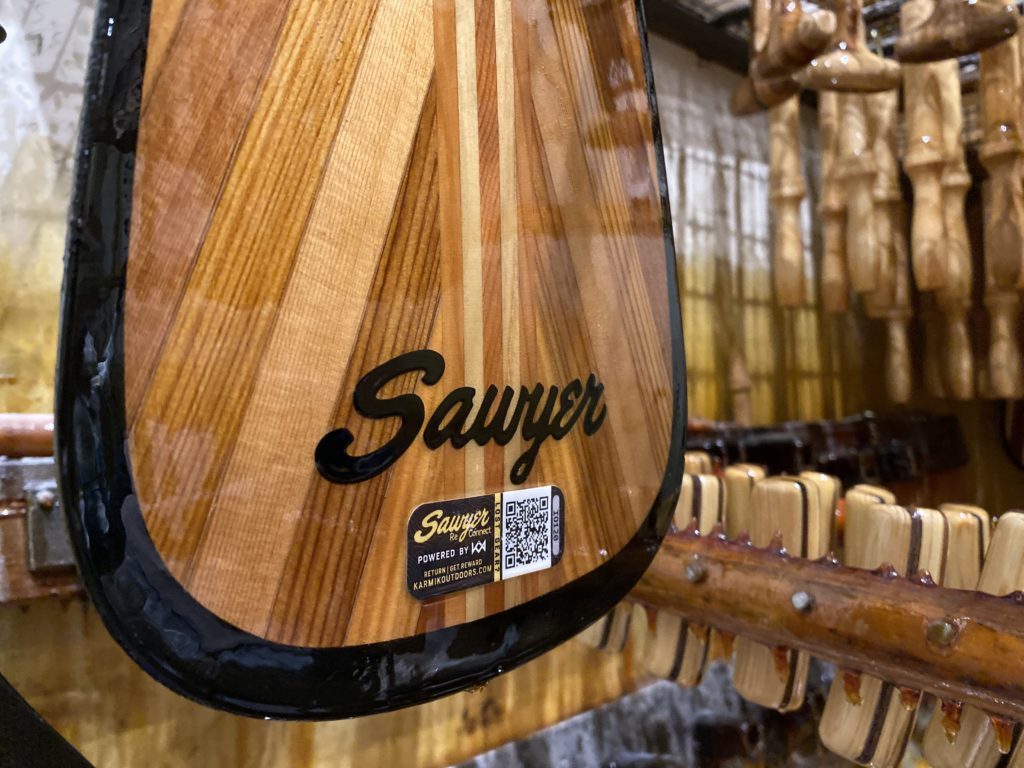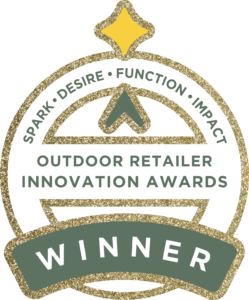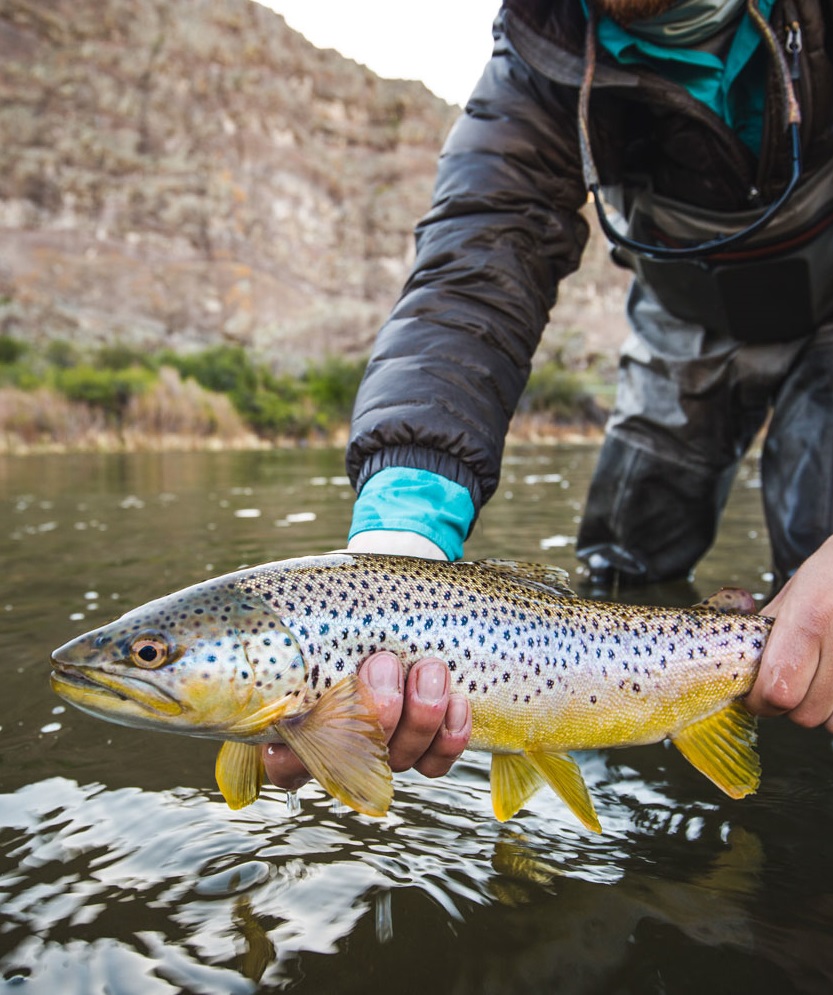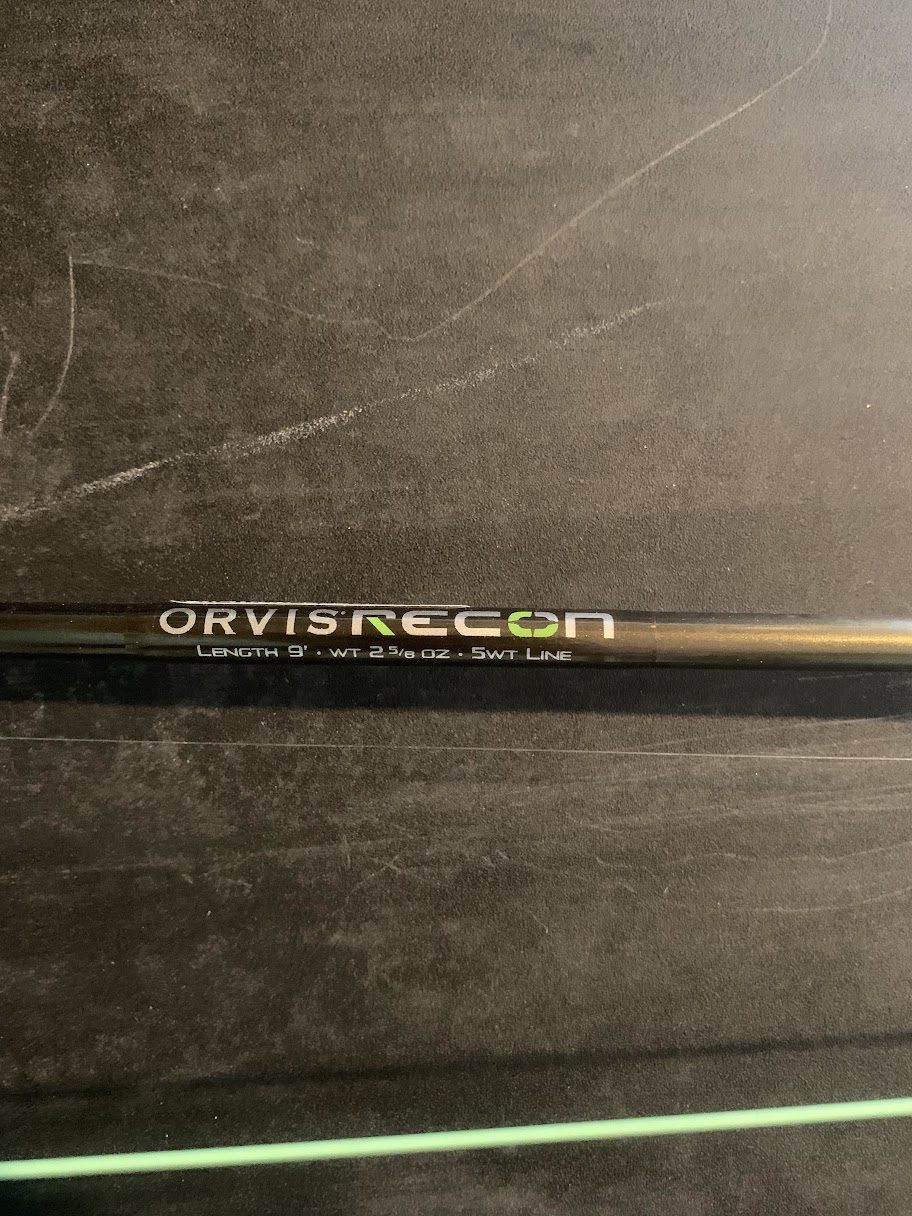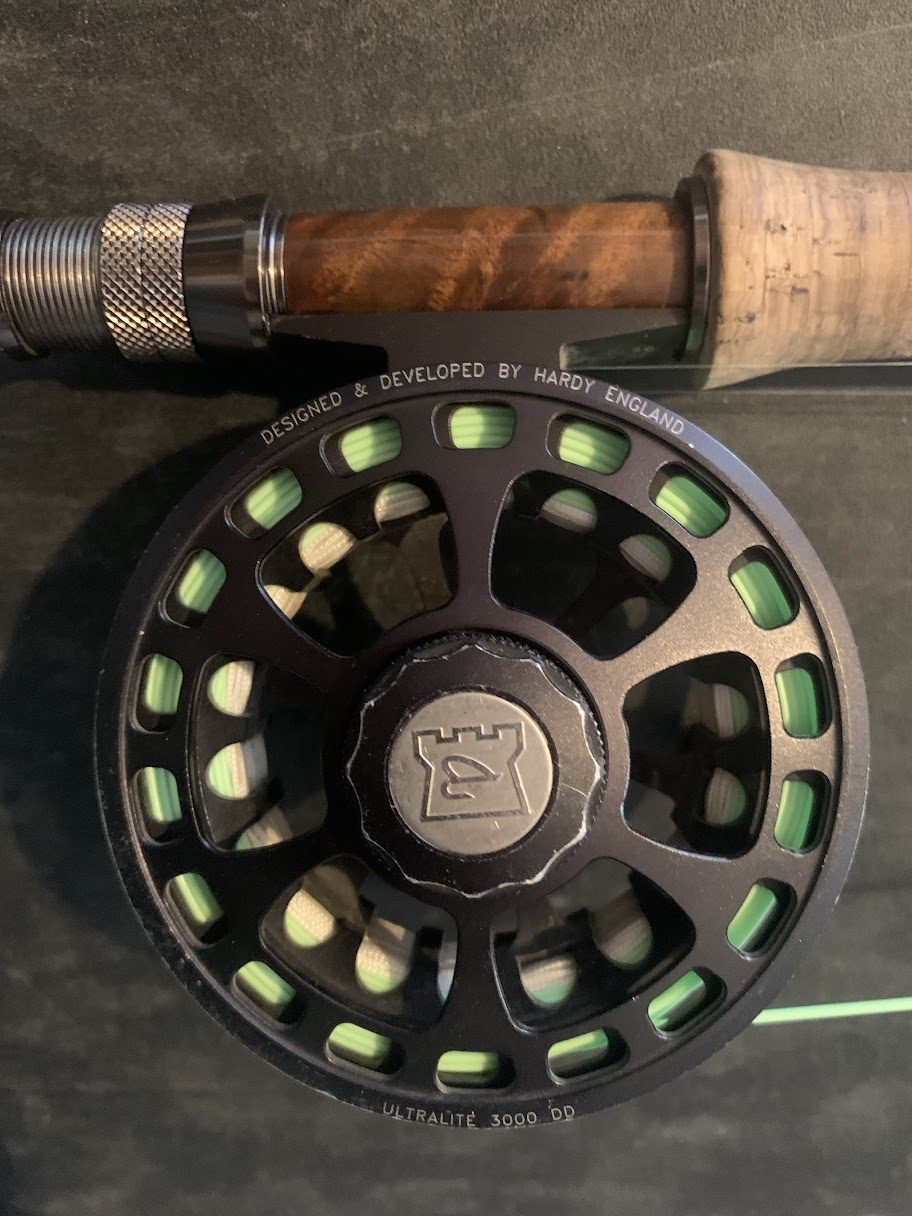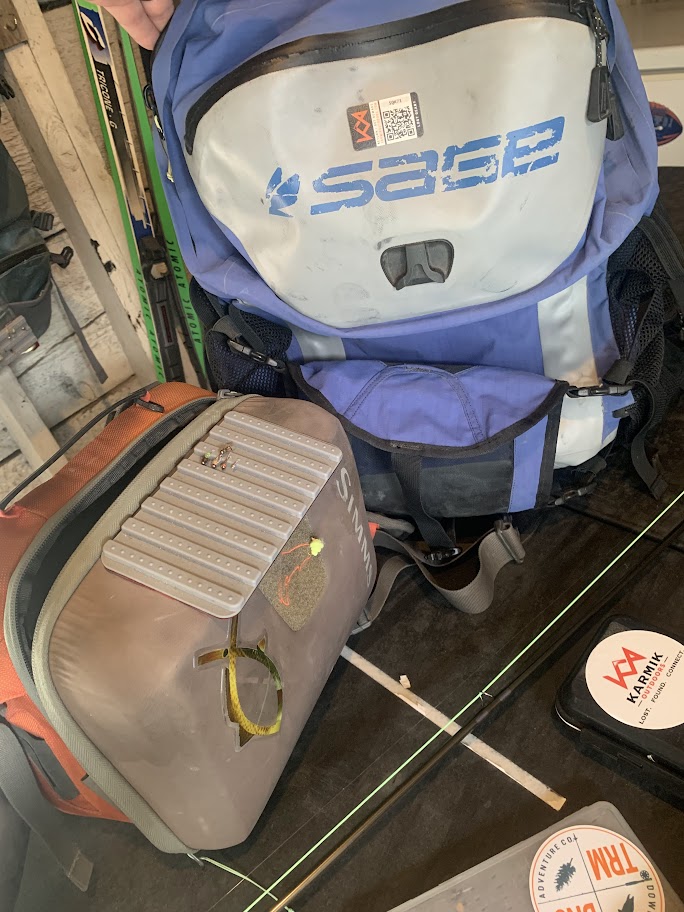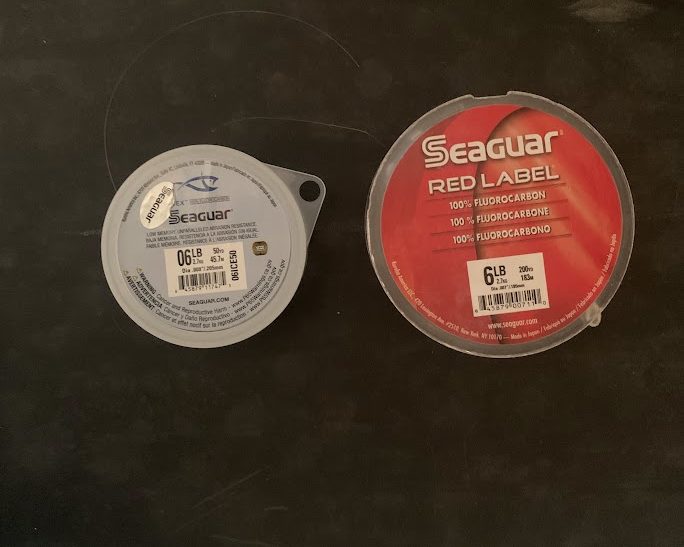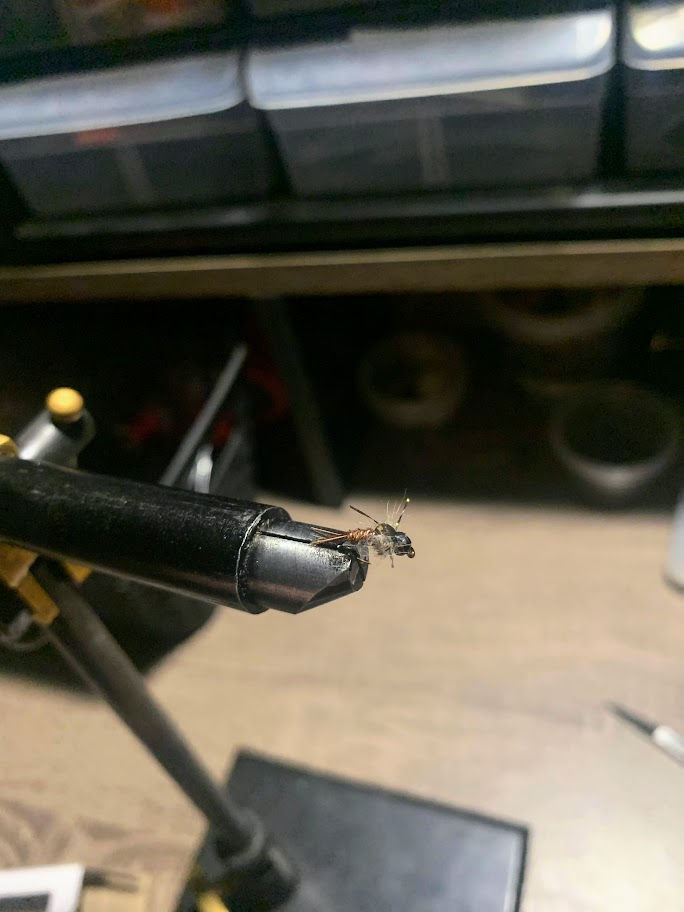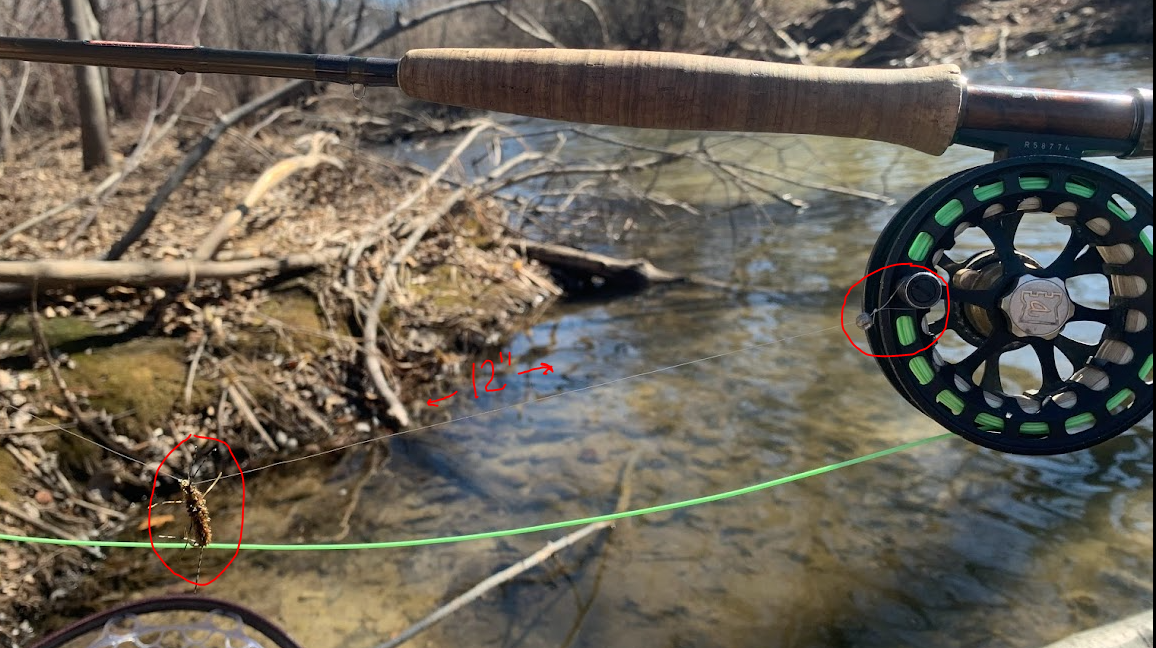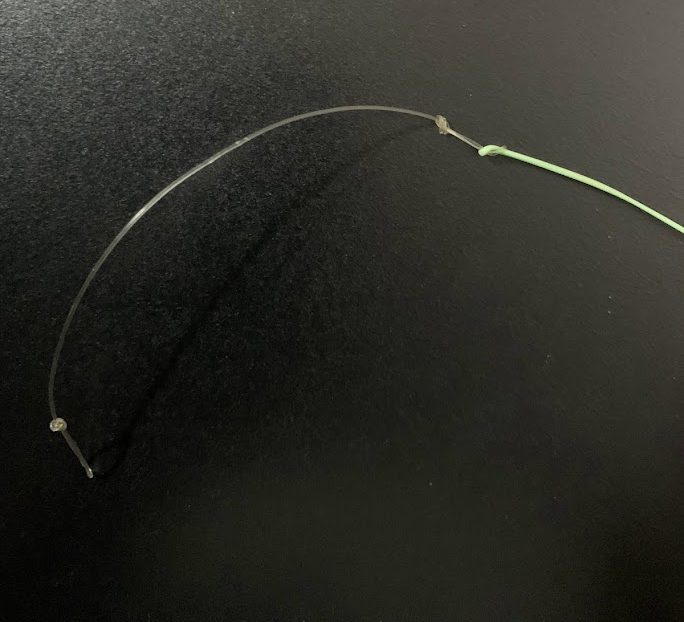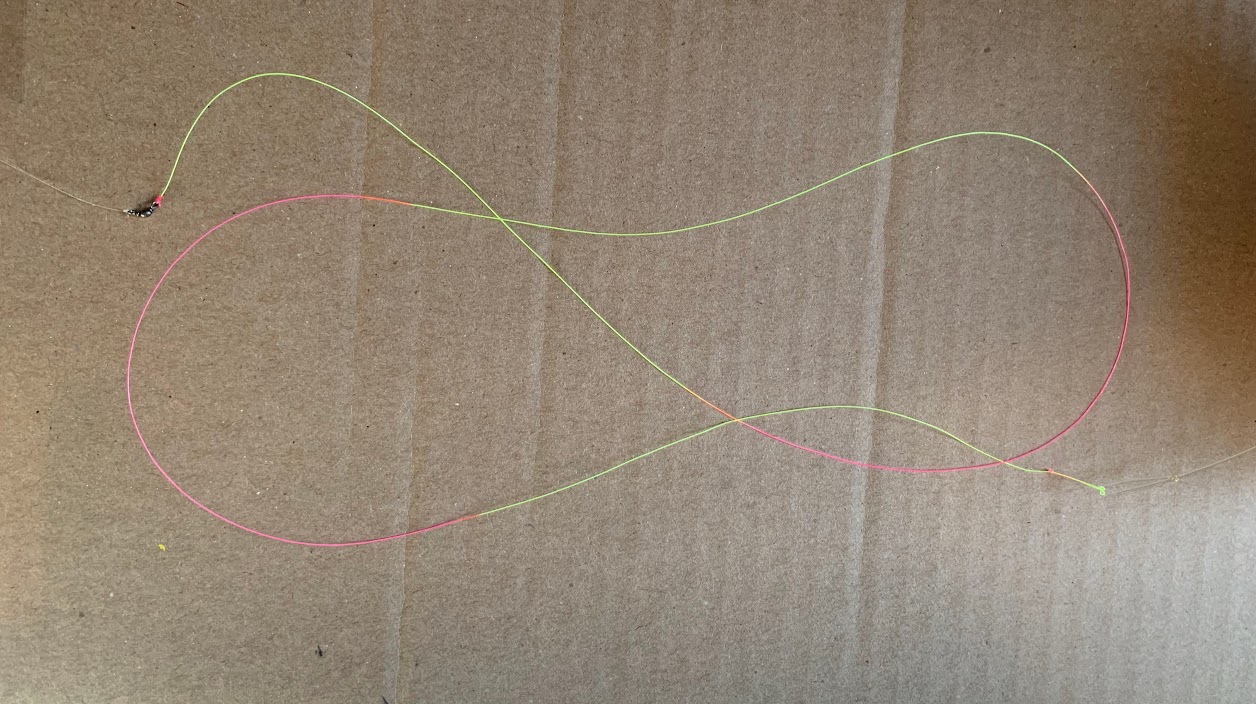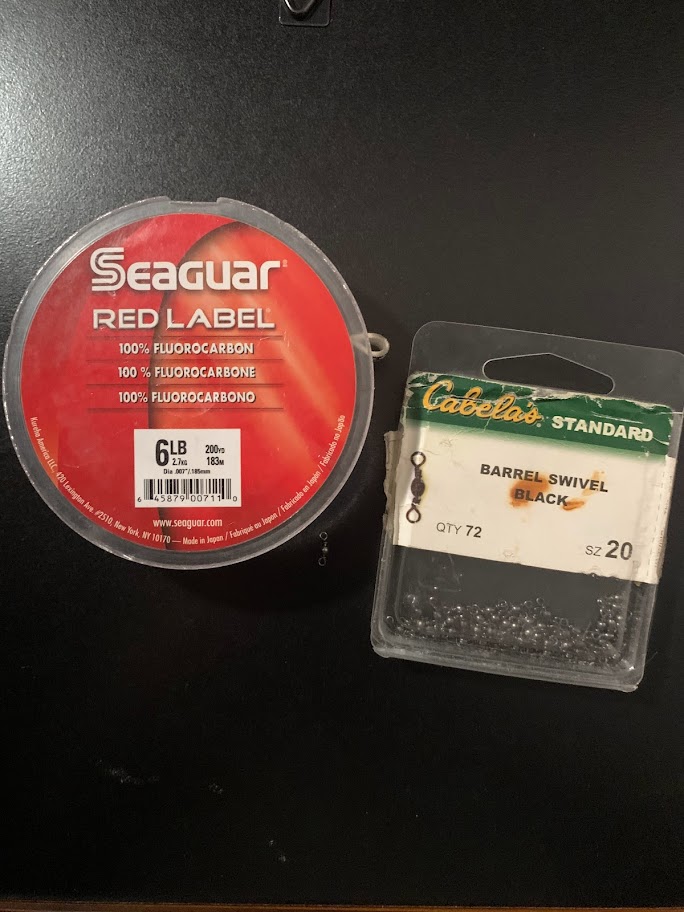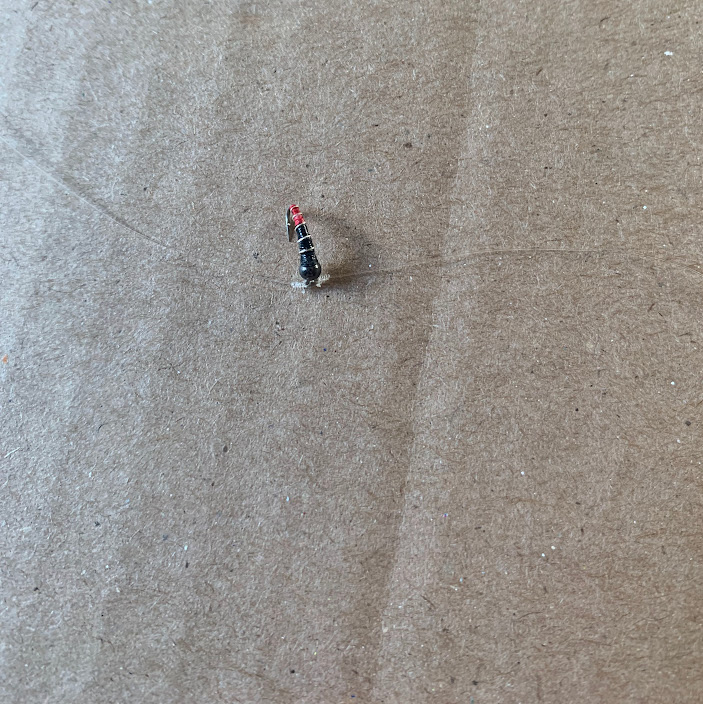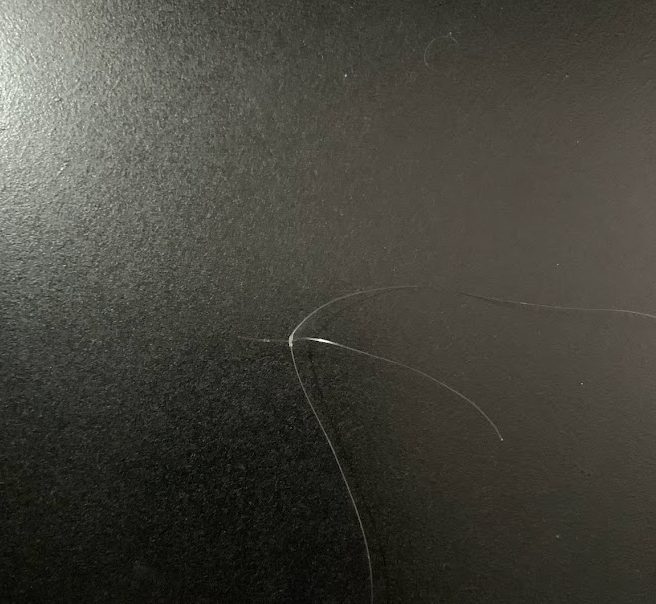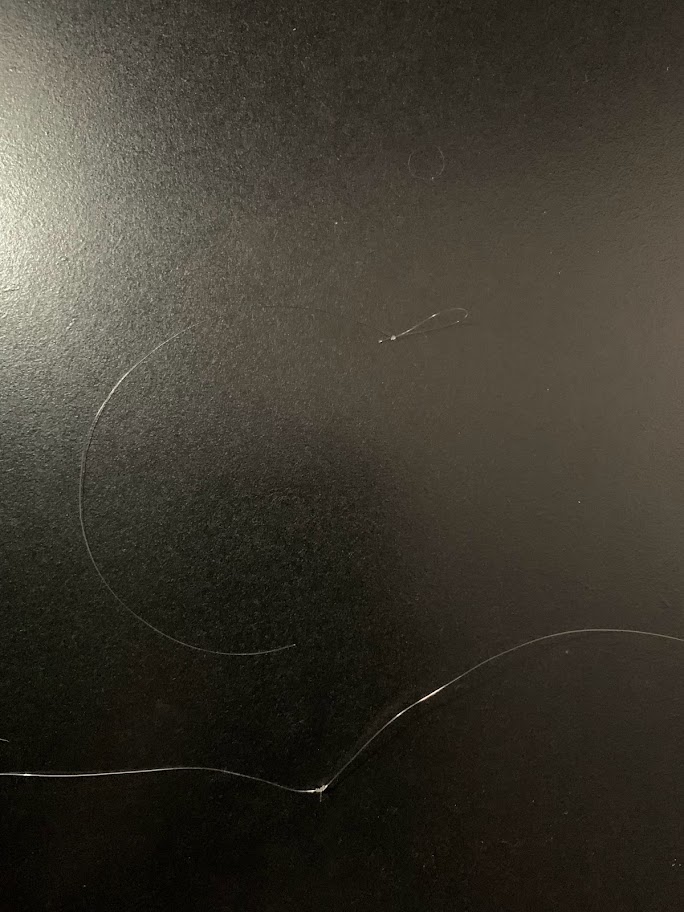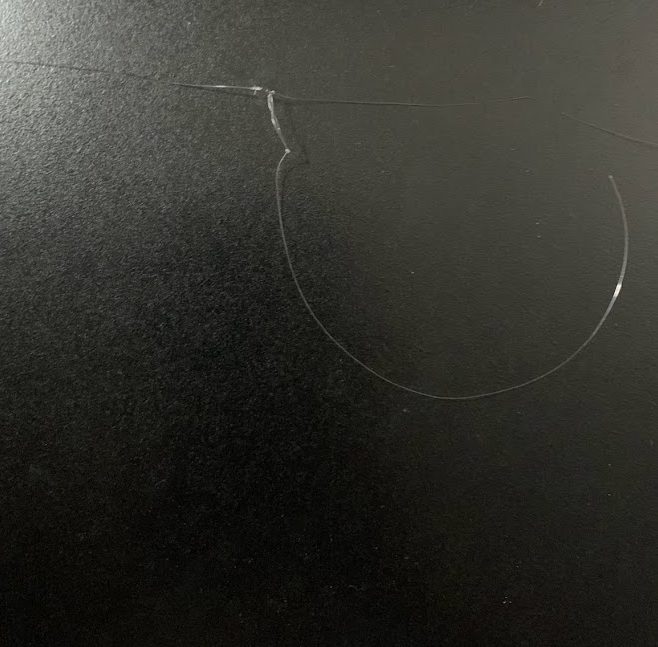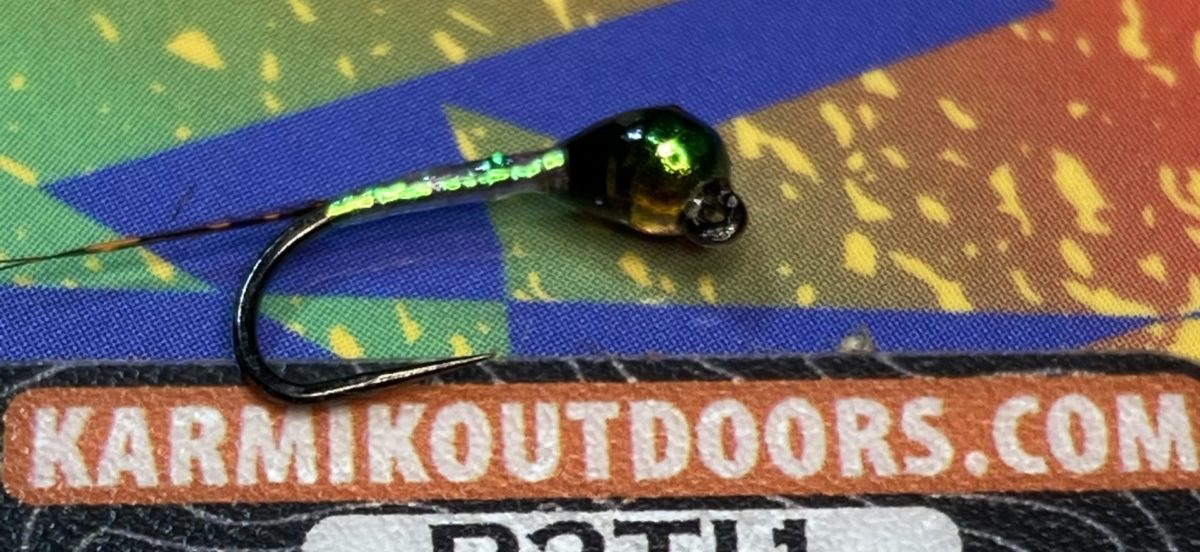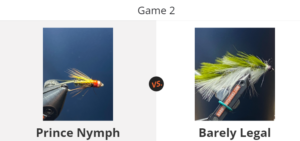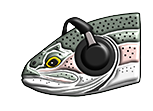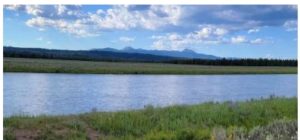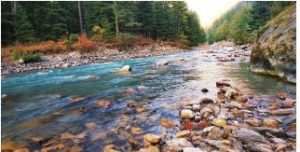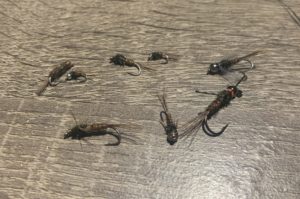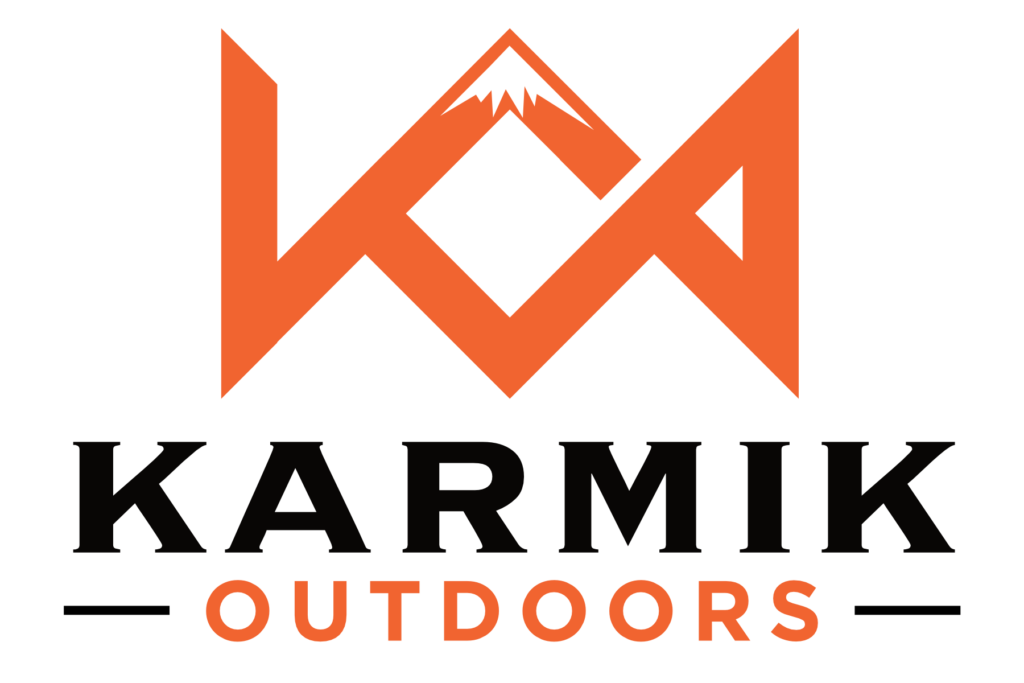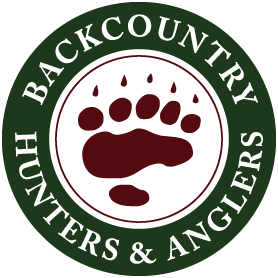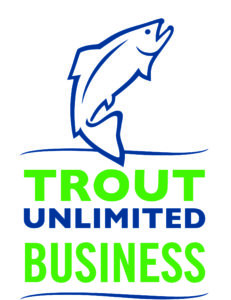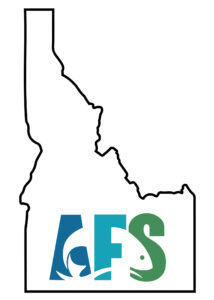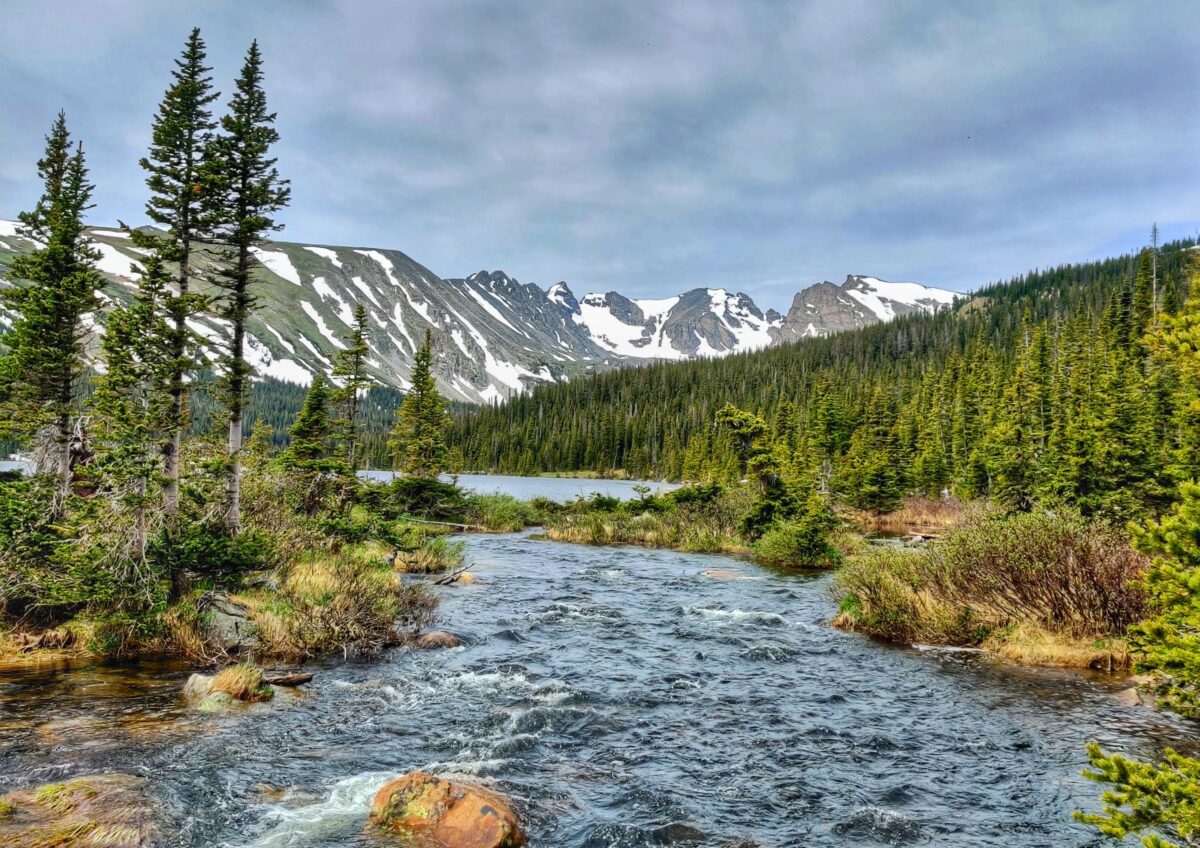
If you own or manage a fly shop, you may have considered expanding your services beyond selling flies and fishing equipment. One lucrative opportunity worth exploring is starting a rental program. Here are five compelling reasons why this could be a great addition to your business:
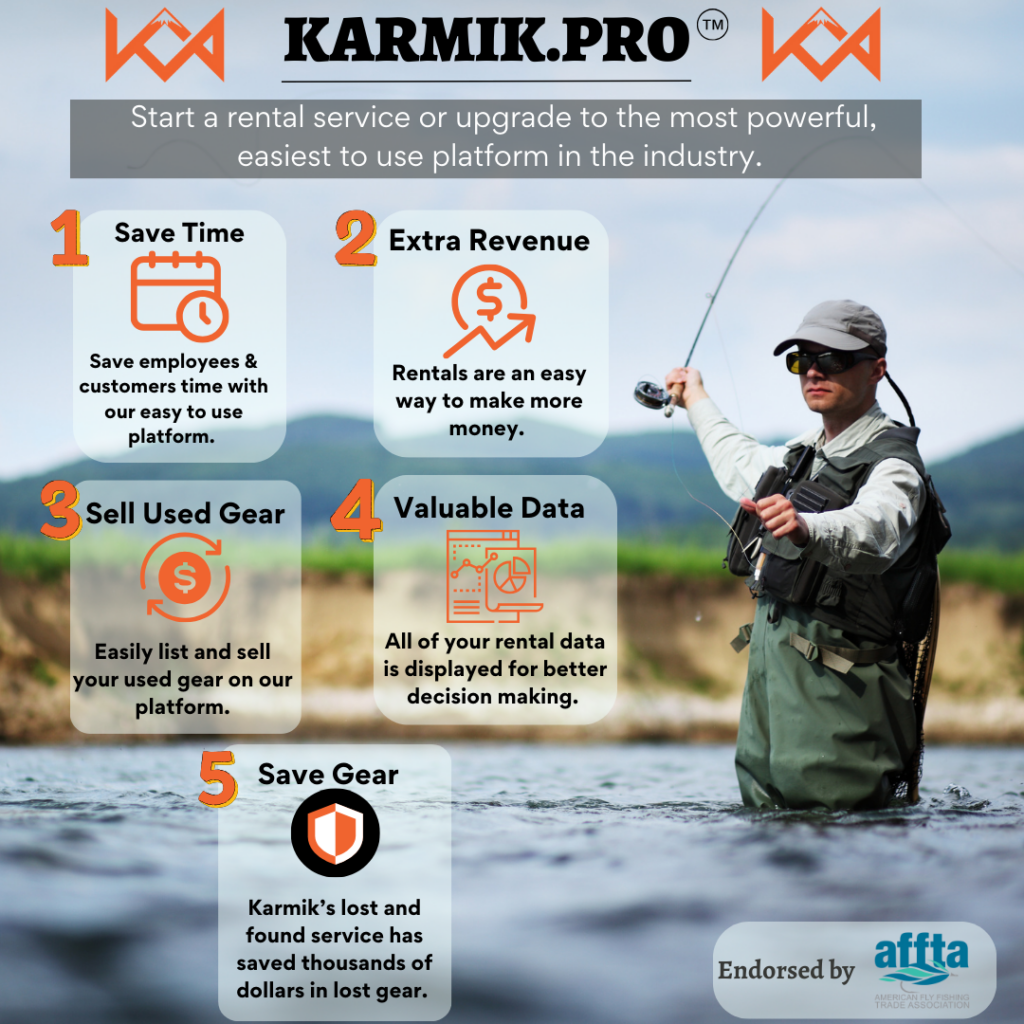
- Save Time: By offering rental gear, you can save both your employees and customers valuable time and effort. If your shop manages its rentals using excel or worse notebooks or sticky notes you are wasting your employees time. Your rental program should provide a convenient solution, allowing employees and customers to get the gear they need quickly and hassle-free. Every wasted minute trying to book a rental, fulfill an order, looking for gear, shipping, checking an item back in, locating lost gear, etc is costing you money. Also, by making a simple process complicated your customers are bouncing. Let them book gear from the comfort of their homes.
- Make Money: A well-managed rental program can be a significant source of revenue for your fly shop. Outdoor enthusiasts are always looking for cost-effective ways to enjoy their hobbies, and renting equipment can be more affordable than buying it outright. This affordability can attract a wider customer base and generate a steady stream of income for your business.
It’s also a great way for people to test newly released gear before making the purchase. New fly fishing gear is expensive and gives people the opportunity to try a new Abel reel or Orvis H3 or Scientific Angler Line or whatever. You should always offer rentals and allow people to experience gear your shop offers.
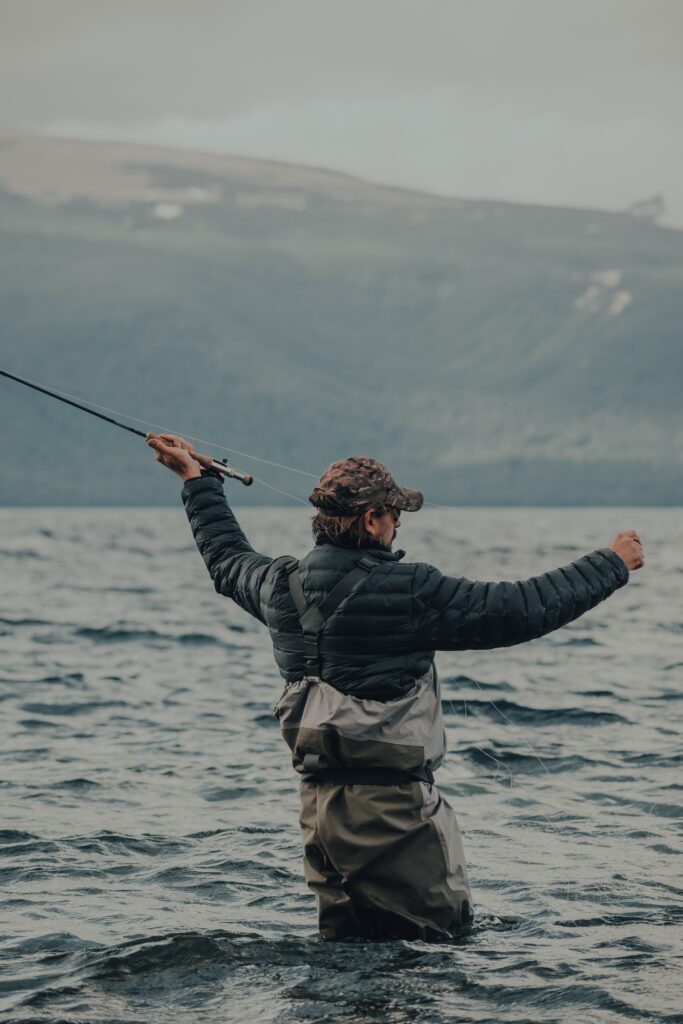
- Sell Used Gear: Over time, you’ll accumulate a collection of used gear from your rental program. This gear can be resold to customers who want to purchase equipment at a lower price point. This secondary market can become a profitable arm of your business, allowing you to recoup some of your initial investment in gear and increase overall sales. By using our system you have valuable data on when to sell something. If you want to continuously provide your customers with a high quality experience it is important to provide them with quality gear. Maybe you want to make a policy to sell after 100 rentals. You can easily sell your gear on our platform.
- Collect Rental Data: Running a rental program gives you valuable insights into customer preferences and the most popular gear. You can use this data to fine-tune your inventory, ensuring you have the right equipment available at all times. Additionally, you can identify trends and plan marketing strategies based on what customers are renting most frequently.
- Protect Your Gear: Karmik Outdoors lost and found service is included. We have a 78% return rate within one day. Loss happens. People lose gear all the time, including guides. It hurts when it’s your gear! Yes, your customers or guides will have to pay to replace it, but maybe it comes back and they don’t. WIN WIN. We helped a fly shop (and guide) by recovering 3 Sage rental rods. When you sell your used rental gear, consumers can register for the service included at no additional cost.
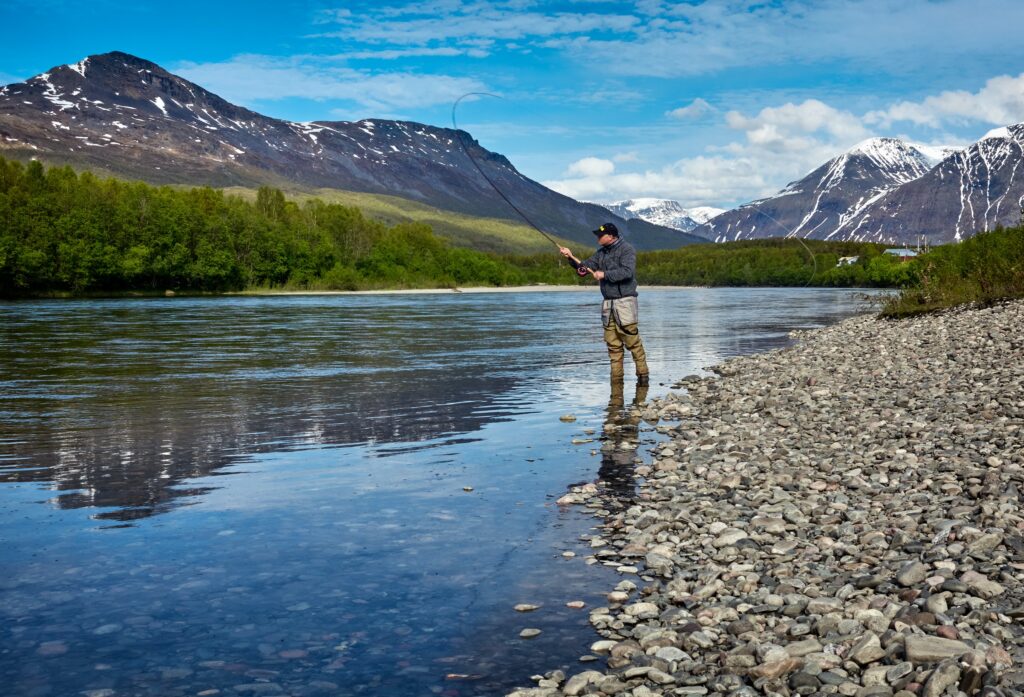
In conclusion, starting a rental program for outdoor gear in your fly shop is a smart business move that can benefit both you and your customers. It saves time, makes money, creates opportunities to sell used gear, provides valuable rental data, and allows you to protect your gear investment. By offering this service, you’ll not only enhance your customers’ experience but also boost your shop’s profitability and long-term success.
- Robert, Founder and Owner of Karmik Outdoors and dreamer of Win Win situations.


